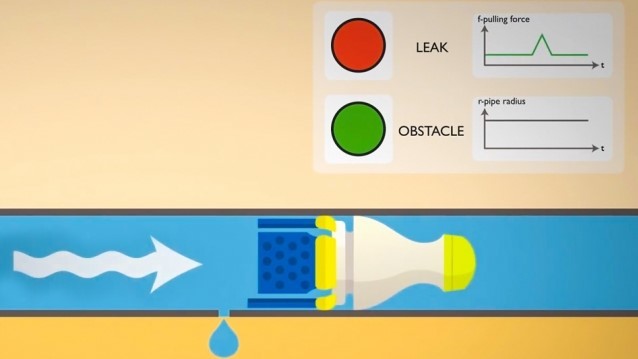This week in science is a review of the most interesting scientific news of the past week.
A gravitational anomaly on Earth
Symmetries are important tools for Physicists, particularly since Emmy Noether proved it is always related to a conservation law. For example, the conservation of energy can be considered a consequence of time symmetry, or the invariance of a system under time translations. But sometimes Nature breaks some of its symmetries, a phenomenon physicists call an anomaly.
One example is when the laws of quantum mechanics break a symmetry existent in classical, or Newtonian, mechanics. Until now, such anomalies were seen only in the world of elementary particles, for example in the experiments made at the Large Hadron Collider (LHC). But an international team of physicists, material scientists, and string theoreticians has observed a gravitational anomaly in addition to a quantum anomaly in a new type of materials called Weyl semimetals, which look like 3D graphene.
Electrons in a Weyl semimetal behave in the same way as the elementary particles in accelerators such as the LHC - they cannot be at rest and must always move with a constant speed. Also, they have a property called spin that can point towards or in the opposite direction of the motion. Therefore, an electron would exist in one of two possible states, but because of the quantum anomaly it can be interchanged between those two, which is increased by the gravitational anomaly.
Such a gravitational anomaly was thought to be triggered only by the curvature of space-time, something we don’t deal with in our daily lives on Earth. As stated by Dr. Johannes Gooth, an IBM Research scientist and lead author of the paper published in the scientific journal Nature:
For the first time, we have experimentally observed this fundamental quantum anomaly on Earth which is extremely important towards our understanding of the universe. We can now build novel solid-state devices based on this anomaly that have never been considered before to potentially circumvent some of the problems inherent in classical electronic devices, such as transistors.
Furthermore, some calculations have shown this gravitational anomaly can be triggered by heat and a simultaneously applied magnetic field. That is why scientists believe this discovery will open new possibilities for the development of sensors, switches, and energy-harvesting devices.
Flyover of Pluto and its largest moon, Charon
Using NASA's 'New Horizons' spacecraft imagery data from July 2015 and digital elevation models of Pluto and its largest moon, Charon, scientists have created flyover movies from a point of view even closer than that of the spacecraft itself. As detailed in the Pluto flyover video description:
[It] begins over the highlands to the southwest of the great expanse of nitrogen ice plain informally named Sputnik Planitia. The viewer first passes over the western margin of Sputnik, where it borders the dark, cratered terrain of Cthulhu Macula, with the blocky mountain ranges located within the plains seen on the right. The tour moves north past the rugged and fractured highlands of Voyager Terra and then turns southward over Pioneer Terra -- which exhibits deep and wide pits -- before concluding over the bladed terrain of Tartarus Dorsa in the far east of the encounter hemisphere.
Here is the Charon flyover that takes the following path:
[It] begins high over the hemisphere New Horizons saw on its closest approach, then descends over the deep, wide canyon of Serenity Chasma. The view moves north, passing over Dorothy Gale crater and the dark polar hood of Mordor Macula. The flight then turns south, covering the northern terrain of Oz Terra before ending over the relatively flat equatorial plains of Vulcan Planum and the ‘moated mountains’ of Clarke Montes.
Sources: NASA, JHUAPL, SwRI, Paul Schenk and John Blackwell, Lunar and Planetary Institute via Phys.org
Another great opportunity to get out of Earth without leaving your couch was made available this week through Google Street View. As already covered here at Neowin, users can now join the team of astronauts in the International Space Station and explore all of the 15 rather cramped modules that make up the orbiter.
Finally, rounding off our weekly coverage is an inexpensive robotic device that can find water leaks before they become catastrophic was announced after nine years of development and testing by researchers from MIT. As covered here at Neowin, the robot was able to find a leak that was about one gallon per minute, or one-tenth the minimum size that other detection methods can find on average.
















7 Comments - Add comment